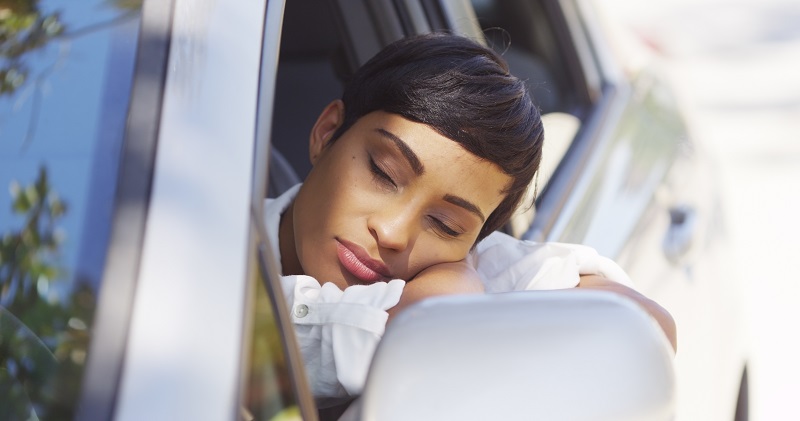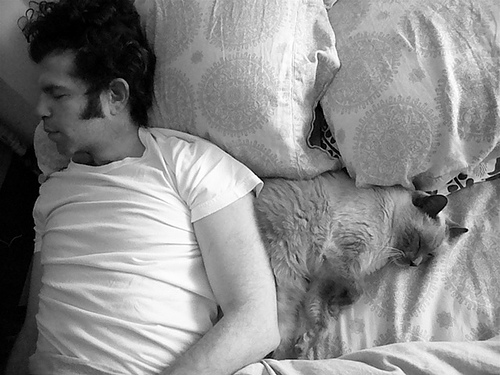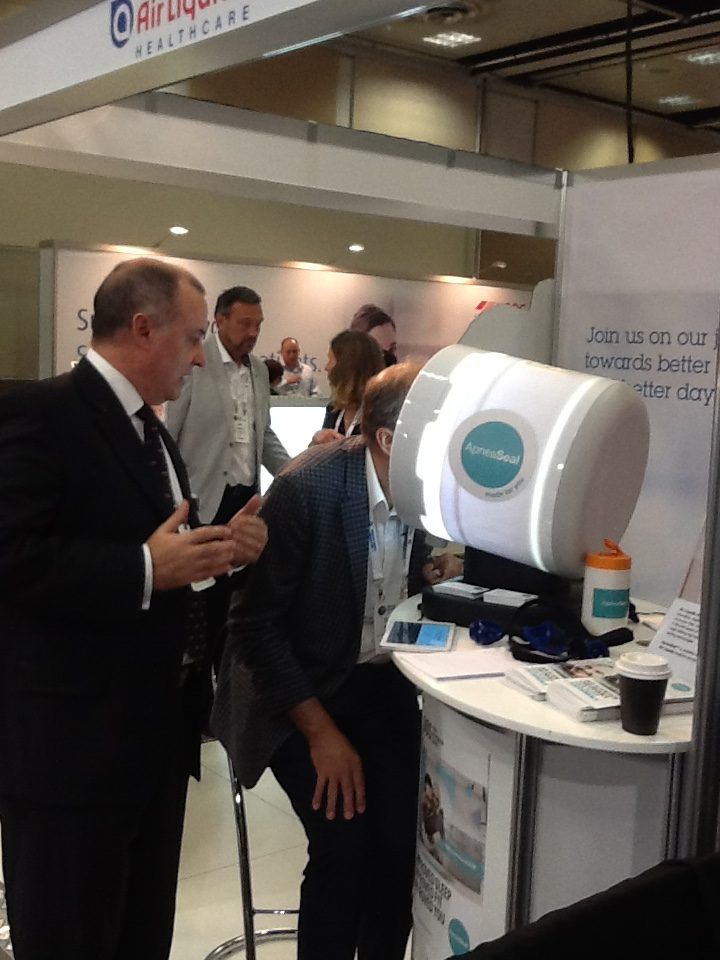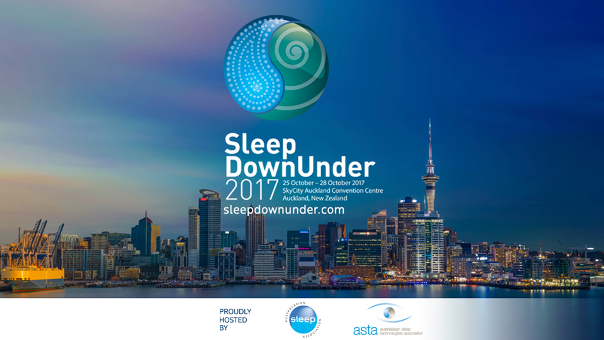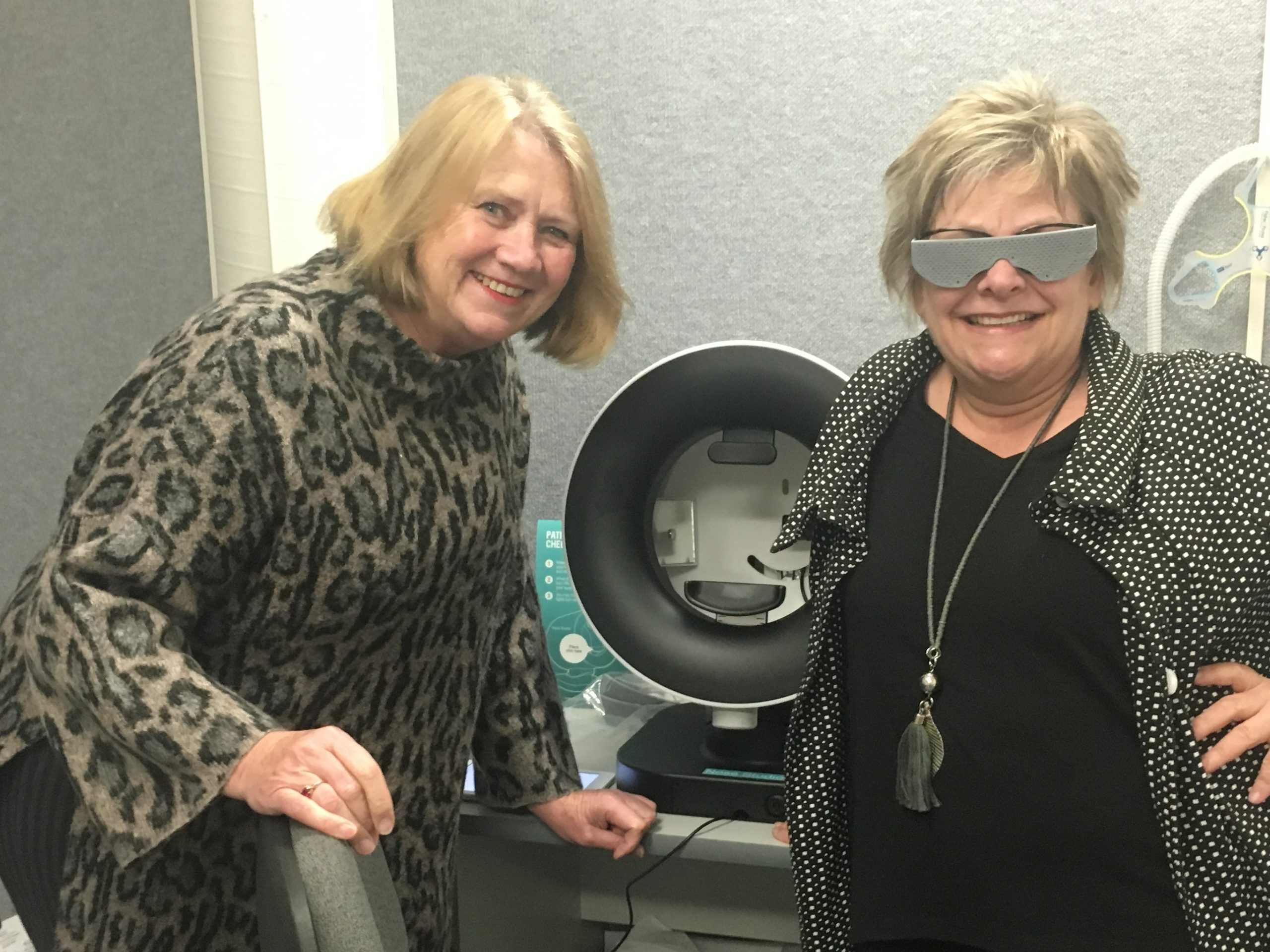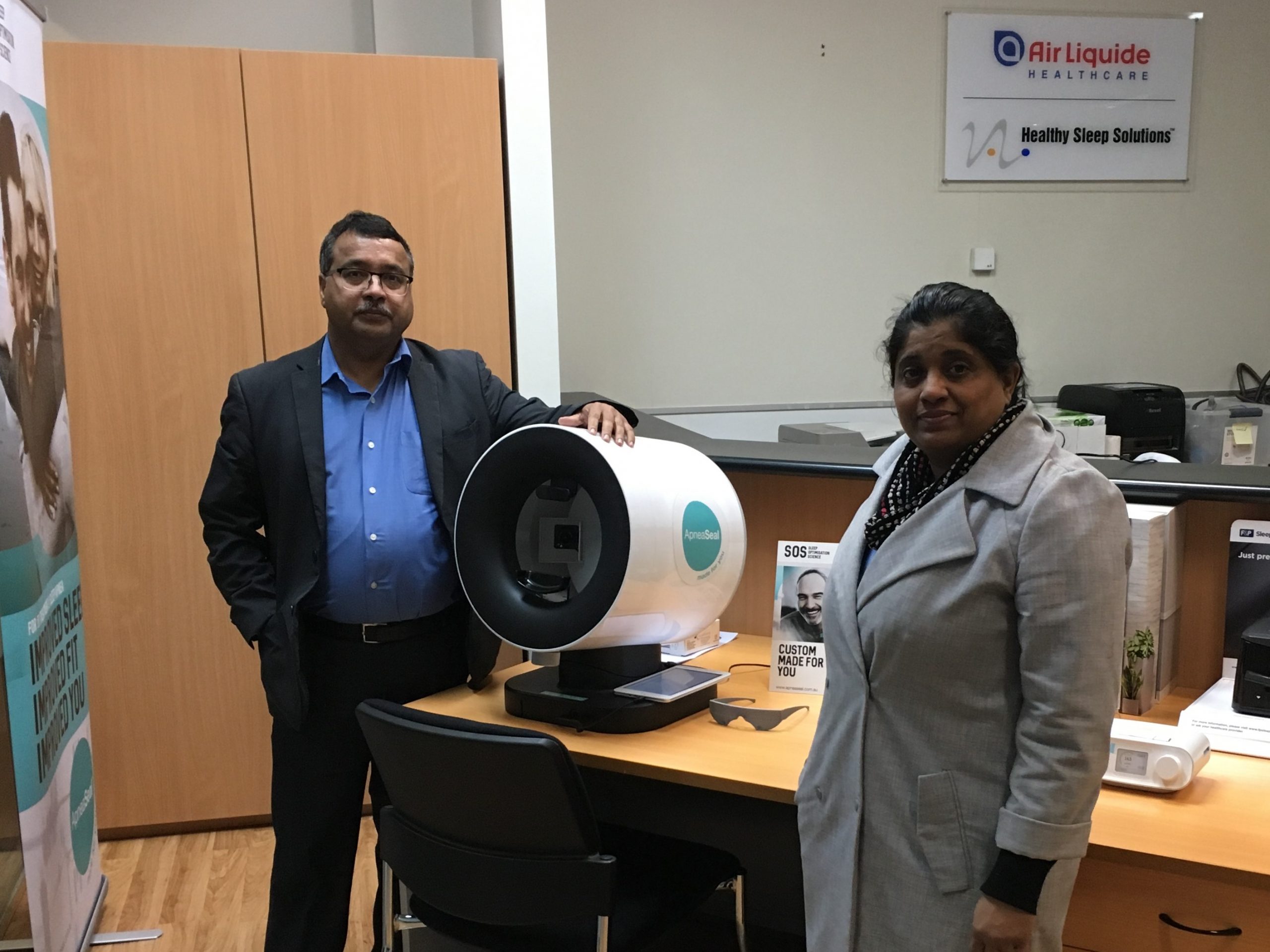Partial or obstructive sleep apnoea/
sleep apnea is a treatable condition that is caused by a folding or collapse of the airways during sleep. It can cause the sufferer to snore and stop breathing for a short period of time, which may also disrupt the sufferer’s partner, or even members of the household in other bedrooms. On top of this, the sufferer may also suffer from drowsiness or grumpiness due to poor quality of sleep. Needless to say, this can severely impact on the sufferer’s quality of life, as well as their safety when driving or operating machinery.
SLEEP APNEA OR SLEEP APNOEA?
The short answer is that both mean the same thing. The two aren’t different conditions, as some people believe; sleep apnoea is the spelling most commonly used in the UK and Europe, while the US often omits the ‘O’. In Australia, both terms are equally acceptable, with various organisations using both spellings interchangeably. It can cause some confusion when it comes to searching the internet for information or advice, but just keep it in mind and it won’t be an issue. Use whichever term you feel comfortable with (or can remember to spell!).
WHAT’S THE TREATMENT FOR SLEEP APNOEA?
The treatment for sleep apnoea/sleep apnea depends on the severity. More mild symptoms may be relieved through weight loss, changes in sleeping positions, and the use of oral devices designed to maintain the airways in an open position. For those with more severe symptoms, devices such as a Continuous Positive Airway Pressure, or
CPAP. CPAP machines help those with sleep apnoea by gently forcing air into the person’s airways, helping to keep them open. Many companies can manufacture custom-fitted masks to ensure that sleep apnoea sufferers can sleep as comfortably as possible.
WHAT SHOULD YOU DO IF YOU HAVE SLEEP APNEA SYMPTOMS?
If you think you might have sleep apnoea, the first step is to talk to your doctor. You and your GP will be able to discuss your symptoms, your lifestyle and which treatment options are right for you. In some cases, losing weight and avoiding substances such as alcohol or sleeping pills may be enough to end your sleep apnoea for good. If your doctor believes that there may be a problem, they will refer you for a sleep study – where your sleep will be measured and recommendations made.
For more information about
OSA, or details on how to get your own custom-fit CPAP mask, visit
ApneaSeal.
